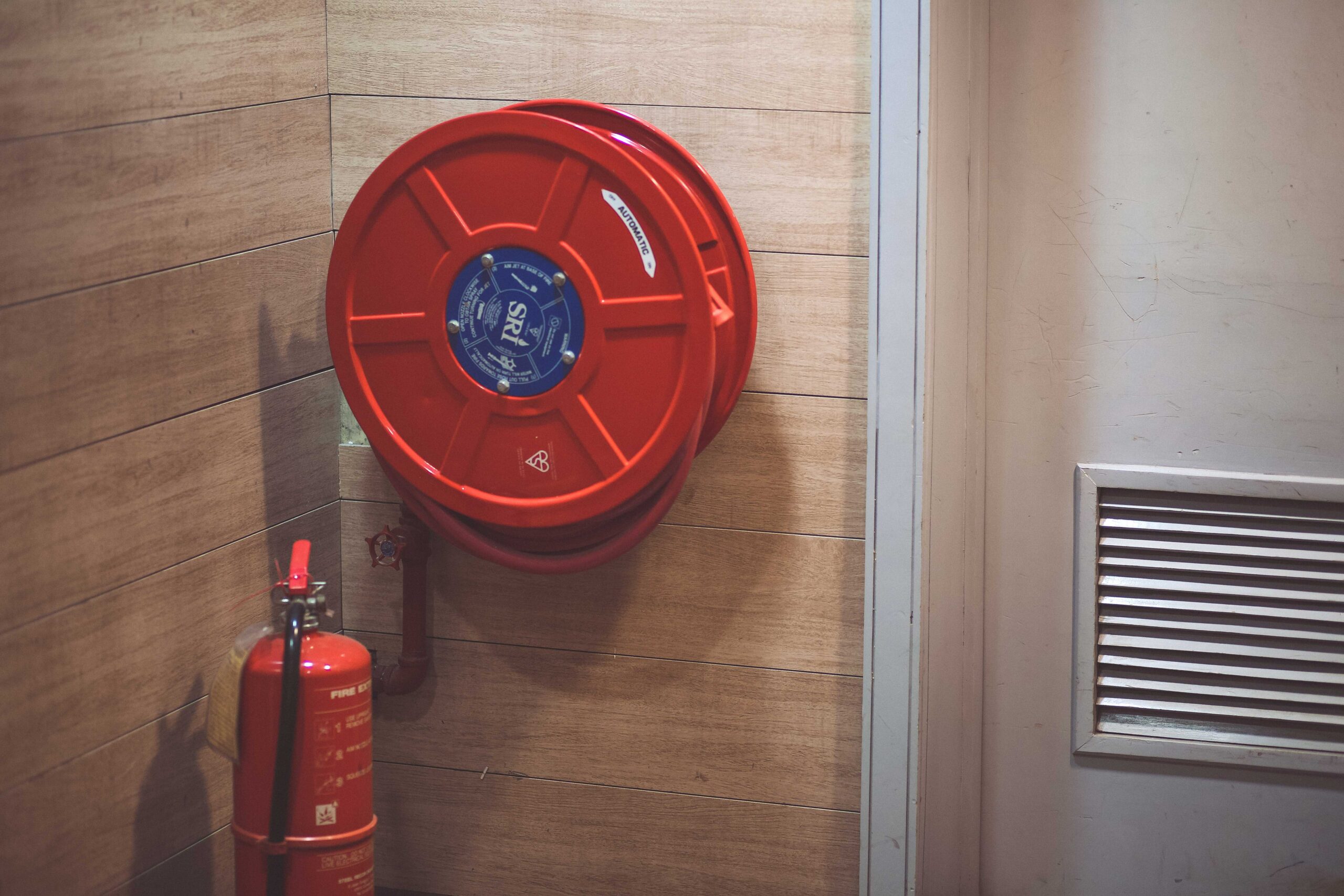Fire safety is a primary concern for construction sites with fires being one of the most common hazards to occur on-site, and they can quickly cause significant damage if not taken care of immediately. This blog post will cover how many fire extinguishers are required on a construction site. We will also talk about what types of fire extinguishers to use and when you should evacuate the area in the event of an emergency. The first step to ensuring that your construction site is safe from fires is by understanding how many fire extinguishers you need, along with other safety precautions!
What is a fire extinguisher, and how does it work
A fire extinguisher is a device that is used to put out or control fires. There are different fire extinguishers: water, foam, CO² (Carbon Dioxide), and dry chemical. Fire extinguishers work by either smothering the flames with a blanket of fluid or chemicals to cool them down until everyone is safe or by blocking the oxygen from the fire to deprive it of fuel. Life Safety Online have a wide range of fire extinguishers and other fire safety equipment.
How to choose the right type of extinguisher for your needs
The type of extinguisher that you choose will depend on what is burning and the risks associated with it. For example, an office fire in a building is not as dangerous as one at a wood workshop or metal factory. The most common types for construction sites water-based (foam).
The number of fire extinguishers required on a construction site
The number of fire extinguishers required at a construction site will depend on the size and type. For example, if it is a residential project made up of one- or two-story homes with less than 300 square feet per home, you should install four units in high-risk areas like kitchens and garages. If it is a project that makes up of three-story buildings with more than 300 square feet per home, then there should be six units installed.
The amount will differ depending on the type of construction and how much it is being used. For example, if it is a restaurant where cooking takes place, but no welding or soldering work happens at the site, then two units should be installed. If it is a construction plant where welding or soldering work occurs, and the building has an explosion hazard potential, then there should be four units.
Why do I need more than one fire extinguisher on my job site?
You need more than one unit on the construction site because if there is an emergency and you have to evacuate, it’s important to have more than one person available to put out the fire. The best fire extinguisher to use in these types of emergencies is one that has a lot of foam and covers up large areas because it will take less time to put out the flames and save more lives.

Classes and Benefits of different fire safety equipment and extinguishers
Different classes of fire extinguishers are designed to work on different types and sizes of fires.
- For Class A, the most common type found in residential homes can be used for grease or oil-based kitchen fires that might start up if you use cooking oils like olive or peanut oil. The best place in your house to find these is in the kitchen, near your fuel source.
- For Class B fires typically found in workshops or garages that store flammable liquids or gases, the fire extinguisher should be sprayed at the base of the flame and then directed into containers that are storing these liquids or gas.
- Class C fires typically found in electrical appliances like microwaves, ovens, TVs, etc., use water for extinguishing them by spraying it on any exposed electrical parts and spreading out to prevent sparks from re-igniting.
- Class D fires are typically found in flammable metals like magnesium, titanium, and sodium – these should be sprayed at the base of the flame to cut off the oxygen supply. The best way is to have a larger extinguisher that can provide enough suppression power for burning metal or use a dry chemical extinguisher.
- Class K fires are usually in kitchen areas and should be extinguished by smothering the flames. For this, you can use a wet chemical extinguisher or water to make sure the flame is safely put out. The best way to do so would be spraying it on any exposed surfaces like curtains, cabinets, or stovetops and then spreading out to prevent sparks from re-igniting.
Don’t forget to get all of your fire safety equipment in place before you start any construction! It would help if you had a working smoke detector, an operable fire extinguisher, and adequately labelled exit signs on or near every door. It would be best if you also had enough portable fire extinguishers so that you can have one on every floor. You should also keep a fire hose nearby, since you may want to use it anytime. If you have any inquiries on fire safety equipment, please contact us, and we will help you.
Shirley Mist has been involved in fashion and design for many years. She has also written extensively for many online publications. She currently writes for The Tribune World and is a valued member of our team.
